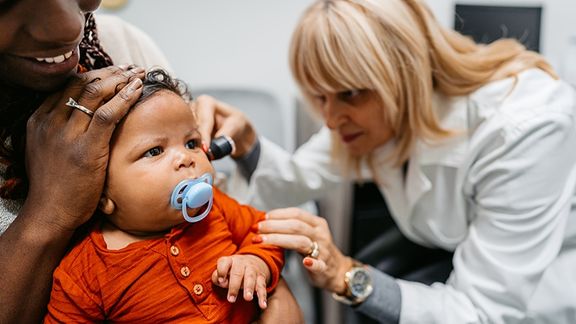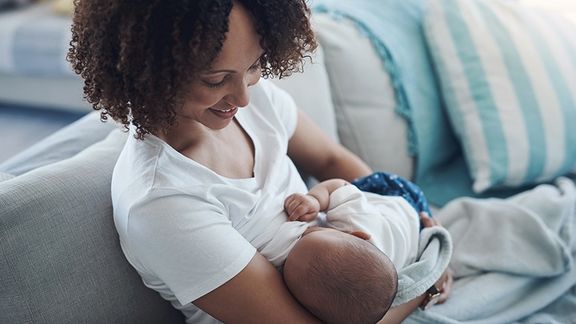Happy, Healthy Beginnings
Watching your child grow is an amazing journey! Our pediatricians and nurse practitioners are here to walk alongside you, supporting your child’s whole health – physical, mental and emotional. We’re committed to helping you support your child’s happy and healthy life at every age.
We also offer the QMG Pediatric Walk-In Clinic which offers convenient, prompt care for illnesses and injuries; no appointment needed.
Pediatric Walk-In Clinic
1025 Maine St — First Floor, Quincy, IL 62301
(217) 222‑6550, ext. 3333
Monday – Friday
7 a.m. – 7 p.m.
Saturday
8 a.m. – 1 p.m.
If your child is over 6 months old, visit QMG Now Urgent Care on Saturdays from 1 — 4 p.m. and Sundays from 9 a.m. — 4 p.m.
During peak illness seasons, we may have to stop taking patients earlier than normal if experiencing high patient volumes.
After Hours: (217) 222‑2088
Poison Control: (800) 222‑1222




















